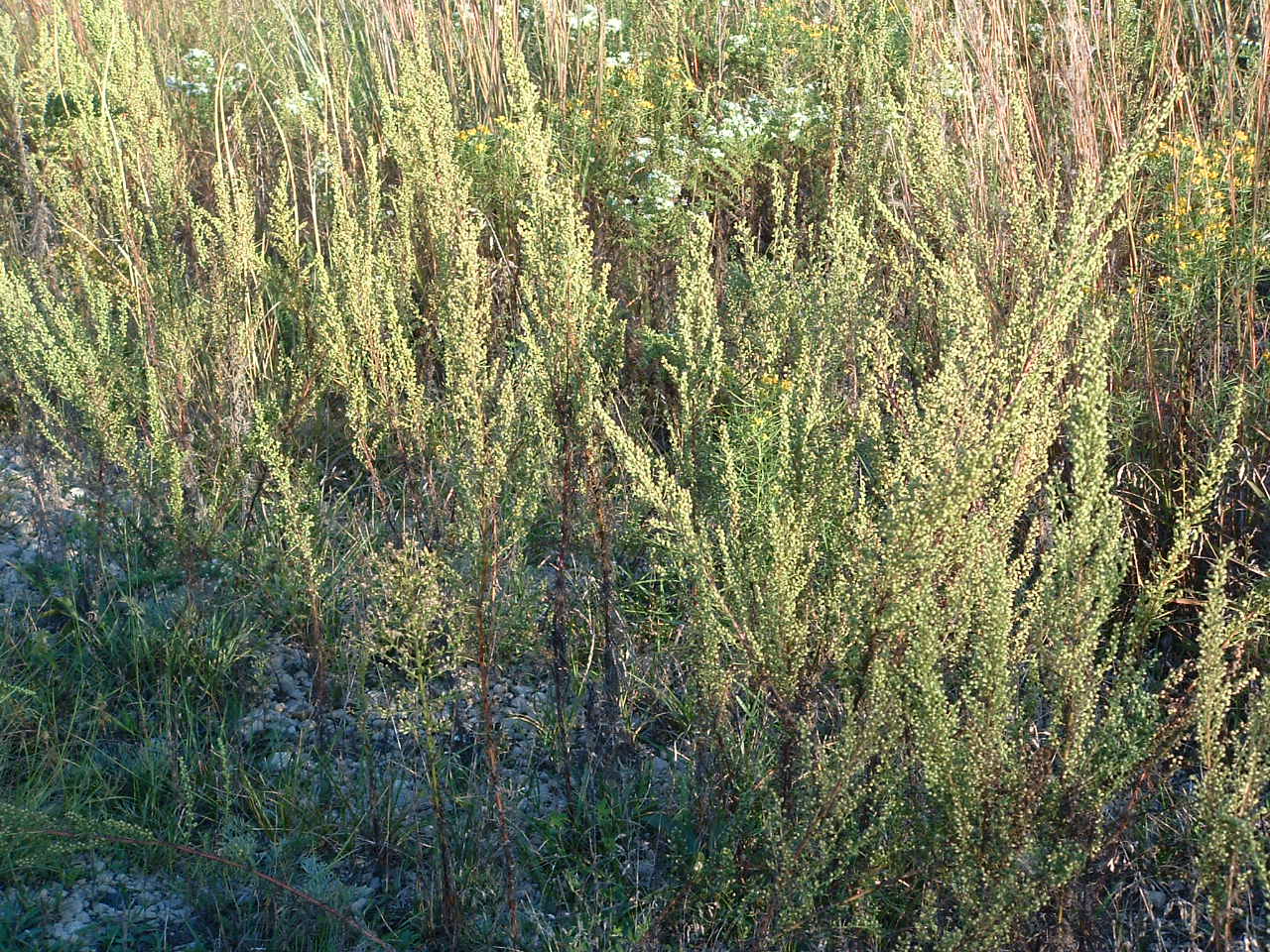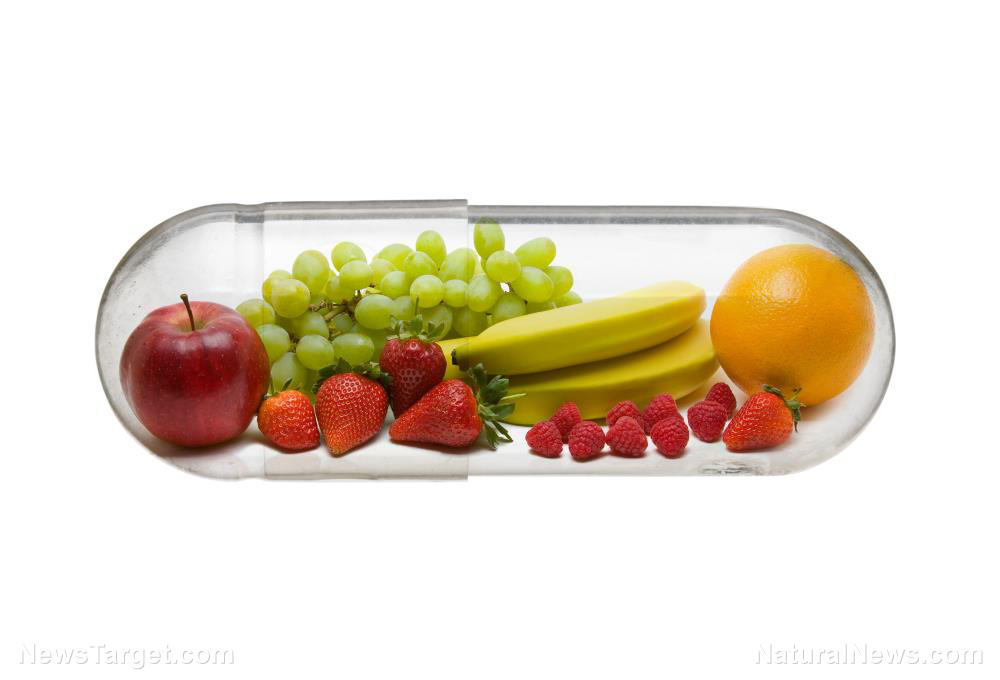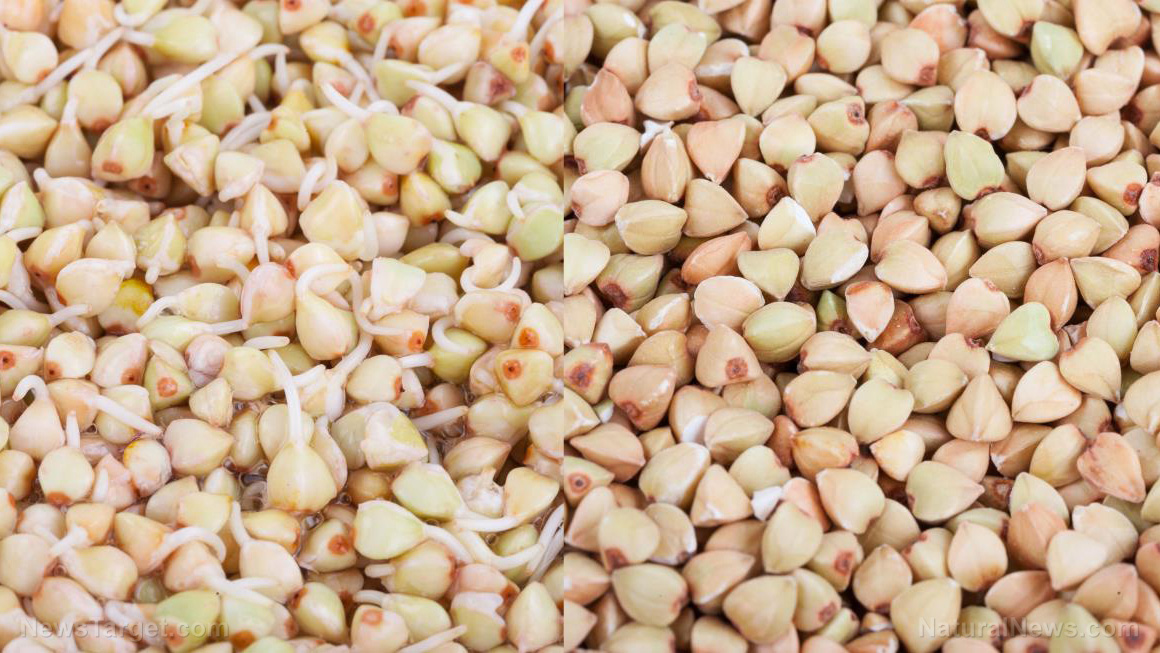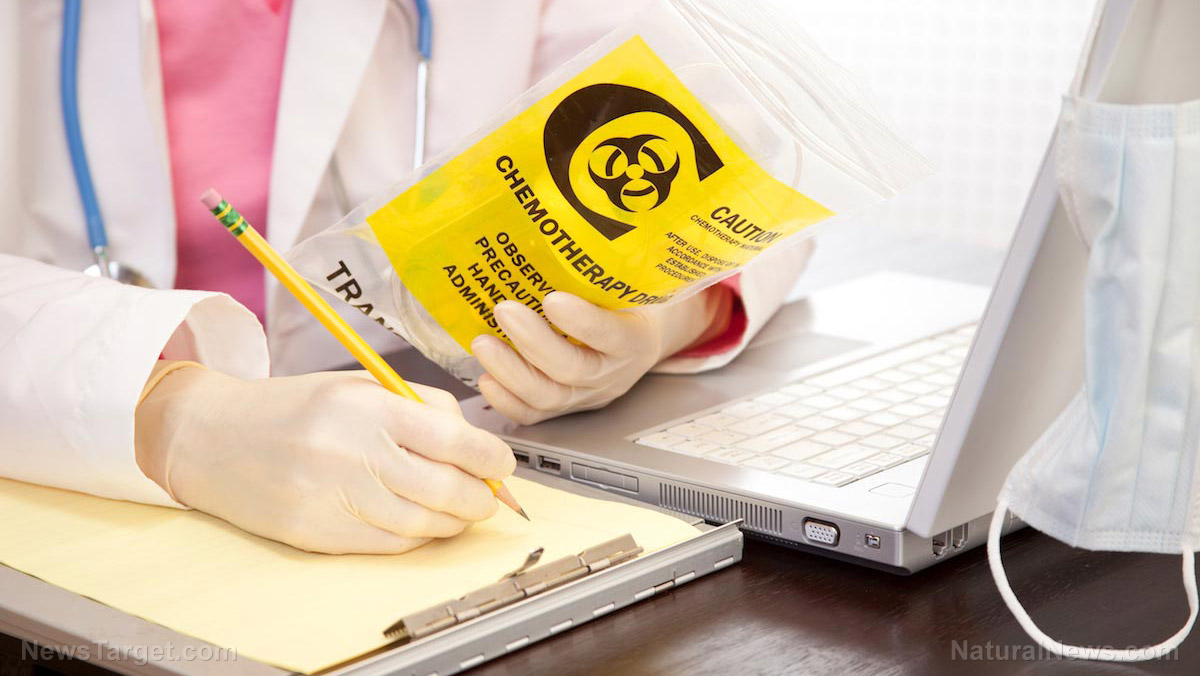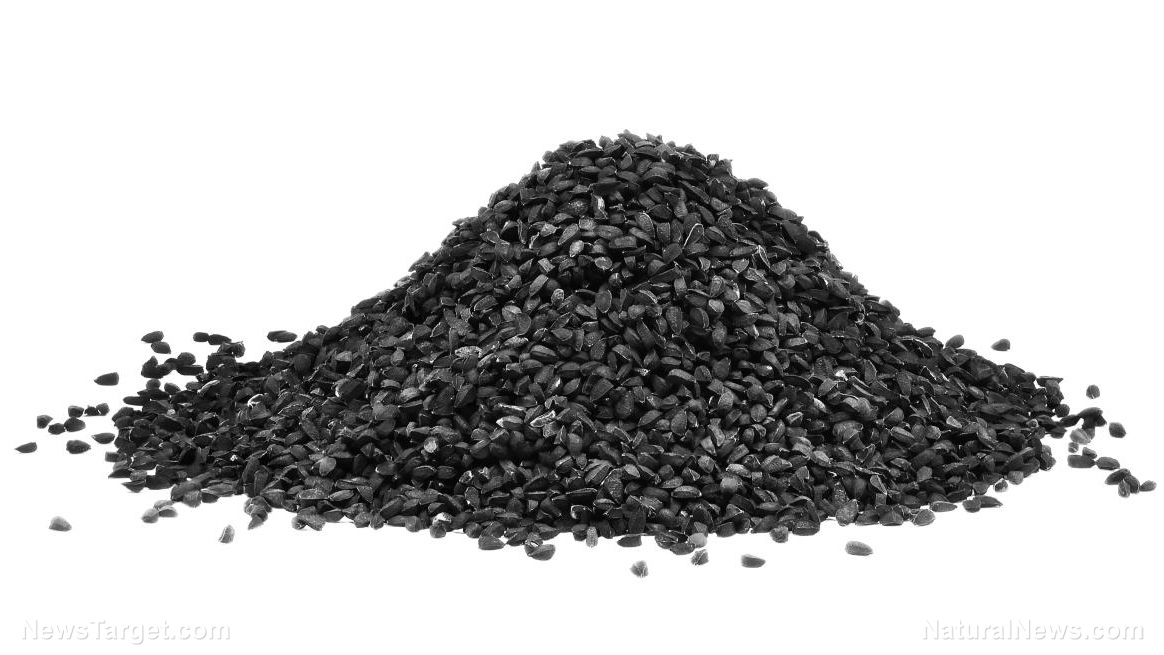Natural matcha green tea extract found to effectively kill breast cancer cells
11/05/2018 / By Isabelle Z.

Green tea might not be grabbing as many health headlines as it did in the past, but that does not mean it isn’t beneficial. In fact, while super foods like turmeric and ginger steal the spotlight, green tea continues to quietly prove its health value in research. In fact, a recent study carried out by the University of Salford has found that one kind of green tea in particular, matcha, can kill breast cancer cells effectively.
The scientists at the university’s Biomedical Research Center used a process known as metabolism phenotyping on breast cancer stem cell lines. They discovered that matcha “shifted cancer cells towards a quiescent metabolic state” while stopping them from spreading. Best of all, this was achieved using a rather low concentration of just 0.2 mg/mL.
In addition, they discovered evidence that matcha affects the signaling pathways that promote cancer stem cells in a way that may make it a viable alternative to chemical cancer drugs like rapamycin.
The scientist explained that the tea essentially suppresses oxidative mitochondral metabolism, preventing these cells from refueling. This causes them to become inactive and eventually die.
University of Salford Professor of Translational Medicine Michael Lisanti said: “The effects on human breast cancer cells were very striking; the active ingredients in Matcha having a surgical effect in knocking out certain signalling pathways.
“Our results are consistent with the idea that Matcha may have significant therapeutic potential, mediating the metabolic reprogramming of cancer cells.”
Their findings were published in the journal Aging.
This is good news for those who are interested in natural treatments for cancer. The team involved in the research specializes in finding nontoxic ways to kill cancer stem cells. They also recently discovered that bergamot, an ingredient and Earl Grey tea, can kill cancer cells and serve as an anti-cholesterol agent.
More about matcha
Matcha is a variety of green tea that is made using the young leaves of the Camellia Sinesis plant. Instead of infusing the dried leaves in water as with regular green tea, they are left in the shade for two to four weeks before being harvested and then ground up into a bright green powder that is whisked with hot water and consumed.
By keeping them in the shade for so long, their levels of chlorophyll and antioxidants rise dramatically, and this is why it is so beneficial.
Matcha contains levels of antioxidants that are 14 times those found in wild blueberries, and it’s particularly high in an enzyme known as EGCG, which can help not only cancer but also type 2 diabetes, concentration, cholesterol and heart health.
The beverage has a rich history, with samurai warriors allegedly drinking matcha before heading into battle thanks to its energizing properties and Zen Buddhist monks drinking it to help stay alert during meditation.
When you’re making yourself matcha, be sure you do not boil it as this could compromise its antioxidant effects. Look for the brightest shade you can find; darker green matcha is a sign that it’s older, and its beneficial properties do degrade over time. It’s also important to keep in mind that matcha does contain a lot of caffeine – slightly more than traditional green tea but less than espresso. However, the presence of L-theanine in matcha means its mood-boosting effects last longer.
It’s great on its own whisked with hot water until frothy and has an earthy, pleasant flavor. It can also be consumed with milk, mixed into yogurt, and even incorporated into smoothies and salad dressings. With so many great health benefits, it’s time to give this ancient drink a try!
Sources for this article include:
Tagged Under:


